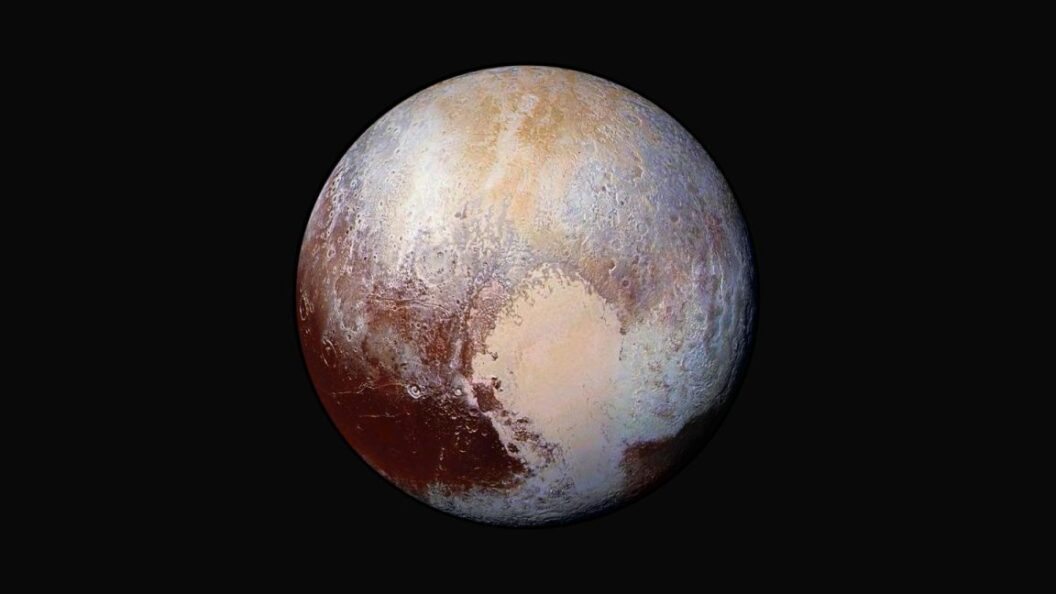New Horizons Sparks New Theories on Pluto
In a groundbreaking revelation following the New Horizons mission, scientists have begun to rethink Pluto’s characteristics, especially its potential for harboring internal heat. This discovery challenges previous assumptions about the dwarf planet’s icy landscape and raises intriguing questions about its geological activity.
Internal Heat and Geological Features
Pluto is not merely a frozen rock. Research indicates that it possesses internal heat that prevents the planet from freezing solid, a feature that scientists did not expect prior to New Horizons’ flyby. The spacecraft unveiled icy mountains and smooth plains, transforming Pluto’s image from a cold, desolate body into a dynamic world that may host an underground ocean and active geological processes.
Questions surrounding Pluto’s characteristics abound: What is the nature of its suspected ocean? How thick are its ice sheets? Are the suspected cryovolcanoes still active? Additionally, the presence of unexplored regions on Pluto adds layers to the mystery, signaling that much remains undiscovered.
The Quest for Exploration: Conceptual Missions
To uncover these mysteries, scientists propose future missions, with one conceptual project termed Persephone, named after the wife of Pluto in mythology. Though not yet formally submitted to NASA, this mission aims to place an orbiter around Pluto, allowing more detailed investigations of its surface and subsurface features. However, challenges abound; the operational difficulties of reaching and securing a stable orbit around a body so far from Earth cannot be overstated.
Mission Timeline and Challenges
The initial outline for Persephone, released in 2020, suggests a launch in 2031 on NASA’s Space Launch System Block 2, equipped with a Centaur kick stage. Although this timeline may seem ambitious, it’s crucial to acknowledge that both the rocket and the actual launch date is speculative. If successful, the journey would take over 27 years, landing the spacecraft at Pluto by 2058.
In contrast, another mission concept led by Alan Stern, the principal investigator of New Horizons, envisions a spacecraft that could investigate Pluto as early as the late 2050s. This concept, named the Gold Standard, aims to reserve enough fuel for the orbiter to leave Pluto’s orbit afterward, potentially enabling study of additional distant celestial bodies.
Gravitational Considerations
Both mission concepts rely on a gravitational assist from Jupiter to optimize travel time. However, Jupiter will be out of alignment from 2032 to the early 2040s, complicating any launch plans during that window and potentially extending travel time significantly.
The previous New Horizons mission took nine years to reach Pluto, but future orbiters will require larger spacecraft equipped with the necessary power and fuel to slow down sufficiently upon arrival. Otherwise, they risk bypassing the dwarf planet entirely due to its weak gravitational pull.
Conclusion: The Future of Pluto Exploration
The ongoing discussions surrounding potential missions to Pluto highlight both the advancements in our understanding of this icy world and the logistical hurdles involved in further exploration. As scientists continue to refine their mission plans, the prospect of unveiling the secrets of Pluto looms larger—signifying not just a victory for planetary science but a deeper understanding of the universe.
In summary, as researchers journey towards potential future missions to Pluto, they are not merely aiming to answer specific scientific questions but rather embarking on a broader exploration of the dynamic processes that shape such distant worlds. The significance of this ongoing exploration lies not only in what we might discover about Pluto itself, but also in how it can enlighten our perspectives on the nature of planetary systems throughout the universe.









